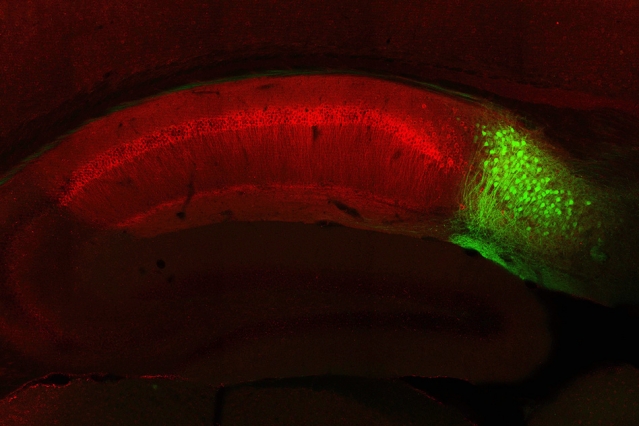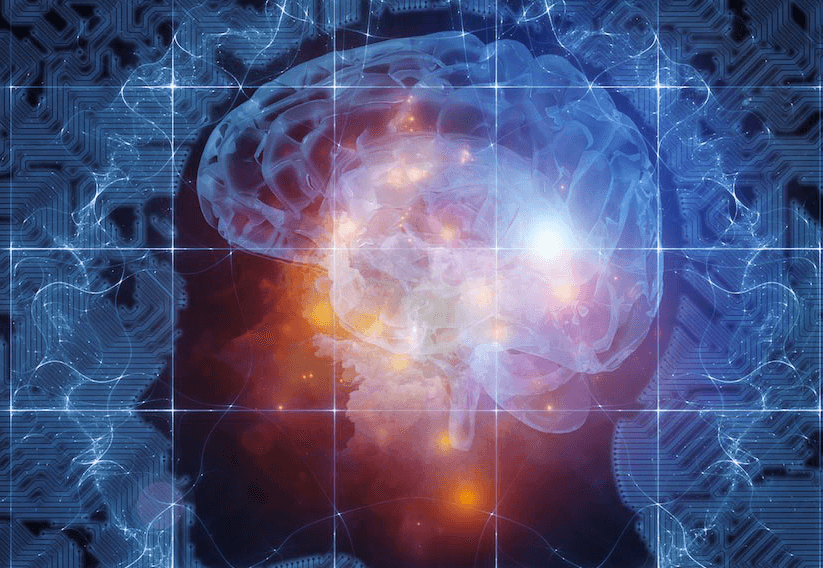A memory is a precious thing. Whenever we experience something new we create a memory of that event and that memory gets stored in a neural circuit that connects the hippocampus to other areas of the brain. Different neuron clusters may store different parts of the memory such as the location, the feeling experienced at that time, or the people involved.

Image: Dheeraj Roy/Tonegawa Lab, MIT
For a long time, neuroscientists have believed that when these memories are recalled by ourselves our brains access and switch on the same hippocampal circuit that was activated in the first instance as the memory formed. However, recent studies have led neuroscientists to believe something different. For the first time ever, they’ve managed to prove that in order to recall a memory, a detour circuit is required that stems off from the original memory circuit. This is something completely new that’s never been seen before in humans.
The study’s senior author is Susumu Tonegawa, the Picower Professor of Biology and Neuroscience and the director of the RIKEN-MIT Center for Neural Circuit Genetics at the Picower Institute for Learning and Memory. During the research, Tonegawa’s lab was used to take a closer look into the hippocampus of mice that were genetically engineered to enable the researchers to switch on and off their subiculum neurons using light. This method was used to control memory cells during an event that induced fear, such as the mouse receiving an electric shock when it entered a particular chamber.
The prior researcher has confirmed that to encode these memories requires cells called CA1 that are found in the hippocampus to then relay information to the entorhinal cortex. Here, as neurons are activated memory traces called engrams are formed. “It’s been thought that the circuits which are involved in forming engrams are the same are the circuits involved in the reactivation of these cells that occurs during the recall process,” says Tonegawa.
During the study, as one group of mice underwent fear conditioning the MIT team inhibited neurons of the subiculum. However, this seemed to have no effect on their ability to recall the experience later on. In another group the team inhibited subiculum neurons after the fear conditioning and found that these mice were not displaying the usual fear response, showing that their memory and ability to recall had in fact been impaired.
This proves how the detour circuit of the subiculum is essential for memory recall, but not for memory formation. Related experiments revealed that the direct circuit from CA1 to the entorhinal cortex isn’t needed for memory recall but is needed for memory formation. “This paper is a tour de force of advanced neuroscience techniques, with an intriguing core result showing the existence and importance of different pathways for formation and retrieval of hippocampus-dependent memories,” says professor of bioengineering and psychiatry and behavioral sciences at Stanford University.
Researchers found two reasons why the hippocampus needs two separate circuits for memory recall and formation. The first is that it’s easier to edit or update memories when there are two separate circuits. Dheeraj Roy, a recent MIT Ph.D. recipient and one of the lead authors of the study says, “We think that having these circuits in parallel helps the animal first recall the memory, and when needed, encode new information. It’s very common when you remember a previous experience if there’s something new to add, to incorporate the new information into the existing memory.”
The other reason for the detour circuit could be to help stimulate longer-term stress responses. In the study, researchers found that the subiculum connects mammillary bodies which are responsible for stimulating the release of stress hormones called corticosteroids. The results from the study show intriguing possibilities in relation to Alzheimer’s patients. Just last year, Roy and colleagues discovered that those mice with early-stage Alzheimer’s had difficulty recalling memories but were still able to form new ones. This suggests that the subiculum circuit may be affected by Alzheimer’s, giving hope for developing better treatments or even a cure in the future.
Research Via MIT
More News to Read
- Want High-Quality Video but Sick of Buffering? Then Look No Further
- First Modeling of Plasma Turbulence in Tokamaks Studies Recycled Atoms’ Effect on Fusion
- Latest ESA Research Leads to Better Cameras for Precision Agriculture
- This Affordable Lead Sensor Could Keep an Eye On Your Water Quality
- Meet Root – The Robot That Will Teach You Coding in No Time!











